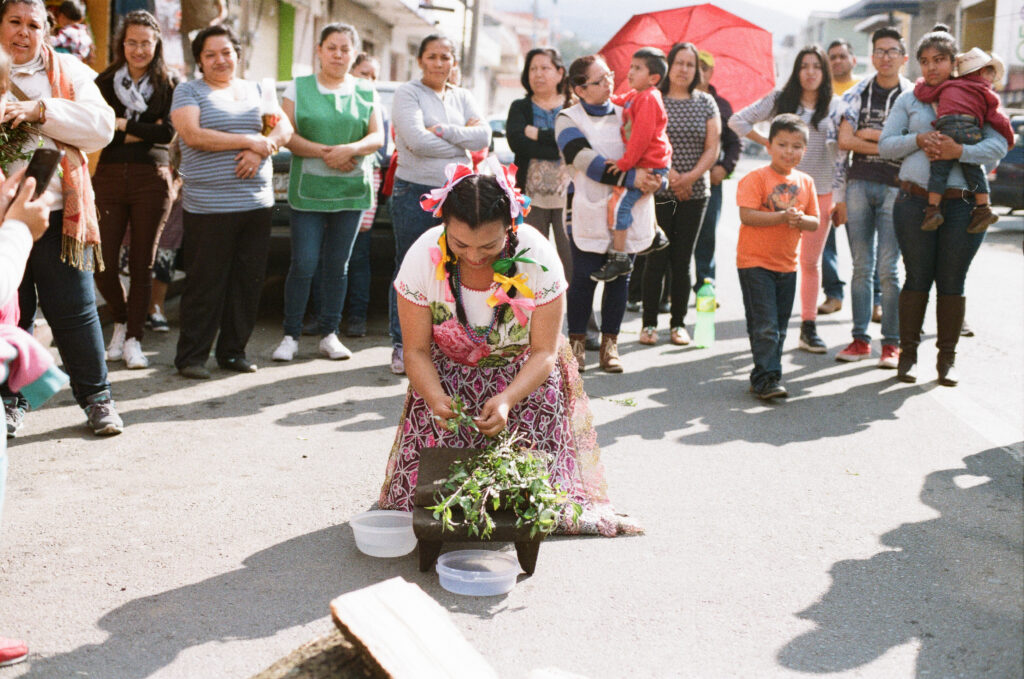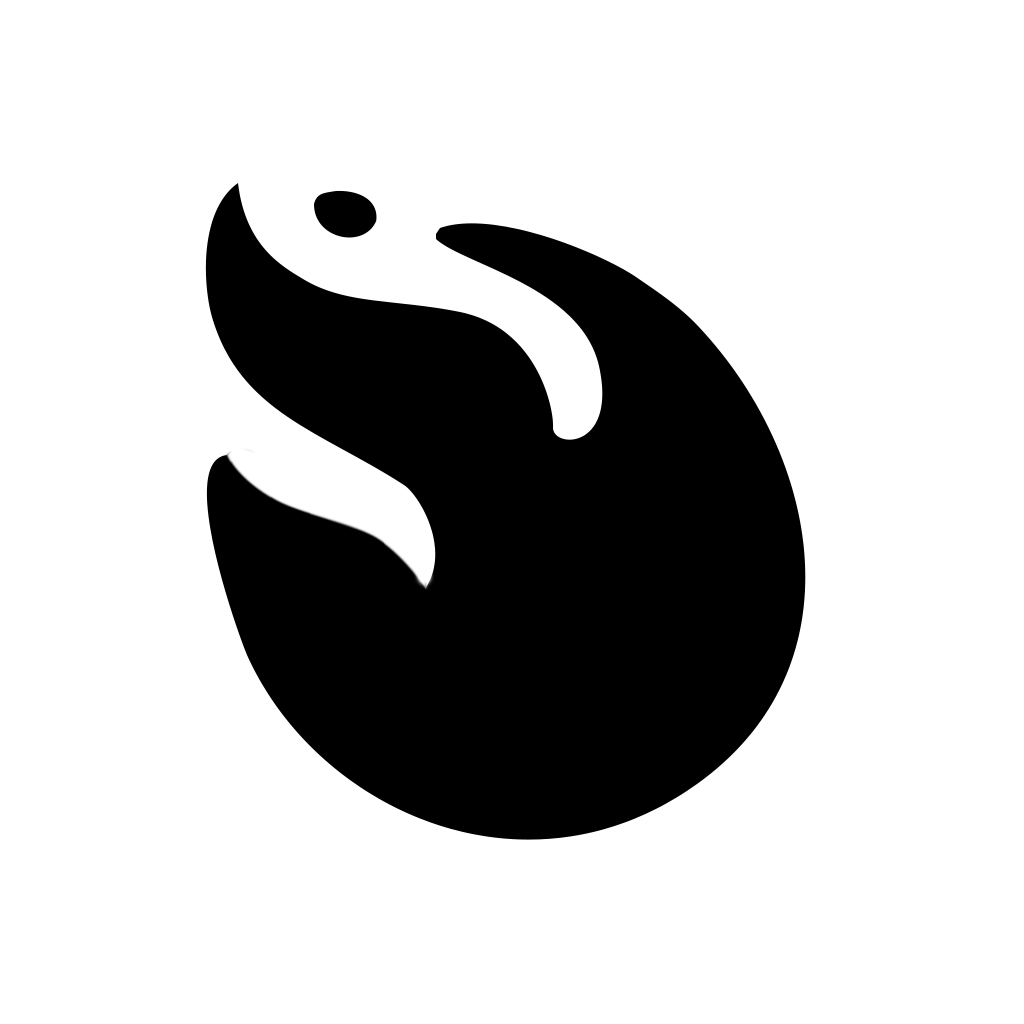Purépecha weddings are ceremonies rich in symbolism and tradition, reflecting the deep cultural heritage of the indigenous communities of Michoacán. These rituals, which can last up to three days, incorporate ancestral practices that have endured over time, adapting to the particularities of each region and community.
The "Abduction" of the Bride and the Request for Forgiveness
A commonly heard phrase is “she was taken,” referring to a practice that once seemed much more common than it is now but still persists. Today, couples often decide to elope, but historically, it was an actual abduction. Many women from decades past have shared stories of being practically kidnapped and forced into marriage.
After this act, the groom’s family, accompanied by the godparents, would go to the bride’s home to ask her parents for forgiveness. This act not only sought the family’s consent but also established a relationship of respect and union between the two families. Once forgiveness was granted, the wedding date was set, and preparations for the subsequent stages of the matrimonial ritual began.
A healthier practice now is the “formal request.” When the couple agrees to marry, the groom’s parents and godparents accompany him to the bride’s house to formally ask for her hand in marriage. In either case, when the response is positive, gratitude is expressed with an offering of bread. This bread symbolizes gratitude to the bride’s family and serves as an invitation to friends and family for the upcoming wedding, as it is distributed in the days following.
Interestingly, the Caro family from Paracho mentioned that in the community of Ahuiran, it is common to request a special bread for these offerings. However, as with many other customs, competition has arisen, and families now aim to outdo each other by offering more bread than their neighbors.
Firewood: A Symbol of Collaboration and Commitment
In communities like Paracho, a firewood ceremony takes place a day before the wedding. The groom’s family and friends gather to cut firewood, which will be used to prepare the food for the wedding. This act symbolizes a willingness to work and a spirit of communal collaboration.
During this activity, men are often challenged to chop a log, demonstrating their strength and ability to sustain a household. Women, on the other hand, may be invited to grind on a metate, showcasing their domestic skills. These challenges are also undertaken by the couple’s supporters, signifying their backing and commitment to the new union.
In some communities, there are unique practices, such as confining the groom in a room filled with burning corn cobs and spices that produce heavy smoke, testing his endurance as a sign of virility.

The Preparation and Pre-Wedding Arrangements
The night before the wedding, a gathering known as the “compostura” takes place. Families and close friends share atole and tamales in an event that strengthens family bonds and sets the tone for the wedding.
On the wedding morning, the groom’s family brings breakfast to the bride’s house, along with the wedding dress. This act symbolizes care and attention for the bride and her family, ensuring everything is ready for the celebration. Breakfast usually includes bread and hot chocolate or milk, representing the sweetness and prosperity wished for the couple.

The Misa Kuani and the Community Celebration
The religious ceremony, known as the Misa Kuani, is the heart of the Purépecha wedding celebration. During the service, the couple receives blessings and formalizes their union in the presence of the community.
Afterward, a festive banquet is shared, with music and dancing as essential elements of the celebration. These activities reflect the joy and communal spirit that characterize Purépecha weddings.
Alcohol also plays a significant role in these festivities. In many communities, the amount of alcohol contributed by friends, neighbors, and family members often reflects their support. It is common for the guests of the godparents to bring bottles or beer, helping ease the financial burden, as godparents typically bear a significant portion of the wedding costs.
Beyond these common elements, specific rituals vary by community. For example, in Tzintzuntzan, a “chicken-lowering” ritual is performed, while in some Sierra communities, the couple dances with bread figurines.
The Xirangua: A Dance of Blessing and Unity
One of the most emotional moments in Paracho’s celebrations is the Xirangua. During this dance, the couple, along with their godparents and parents, link arms and dance while being surrounded by family and friends.
A close relative often performs a cleansing ritual using nurite branches to bless the attendees, ensuring protection and prosperity for the couple. This ancestral practice strengthens familial and communal ties and expresses wishes for harmony and well-being for the newlyweds.
Purépecha weddings are a vibrant manifestation of Michoacán’s cultural richness, where each ritual and ceremony reinforces the identity and cohesion of indigenous communities. These traditions, passed down through generations, embody values of respect, collaboration, and unity that are essential to community life.







